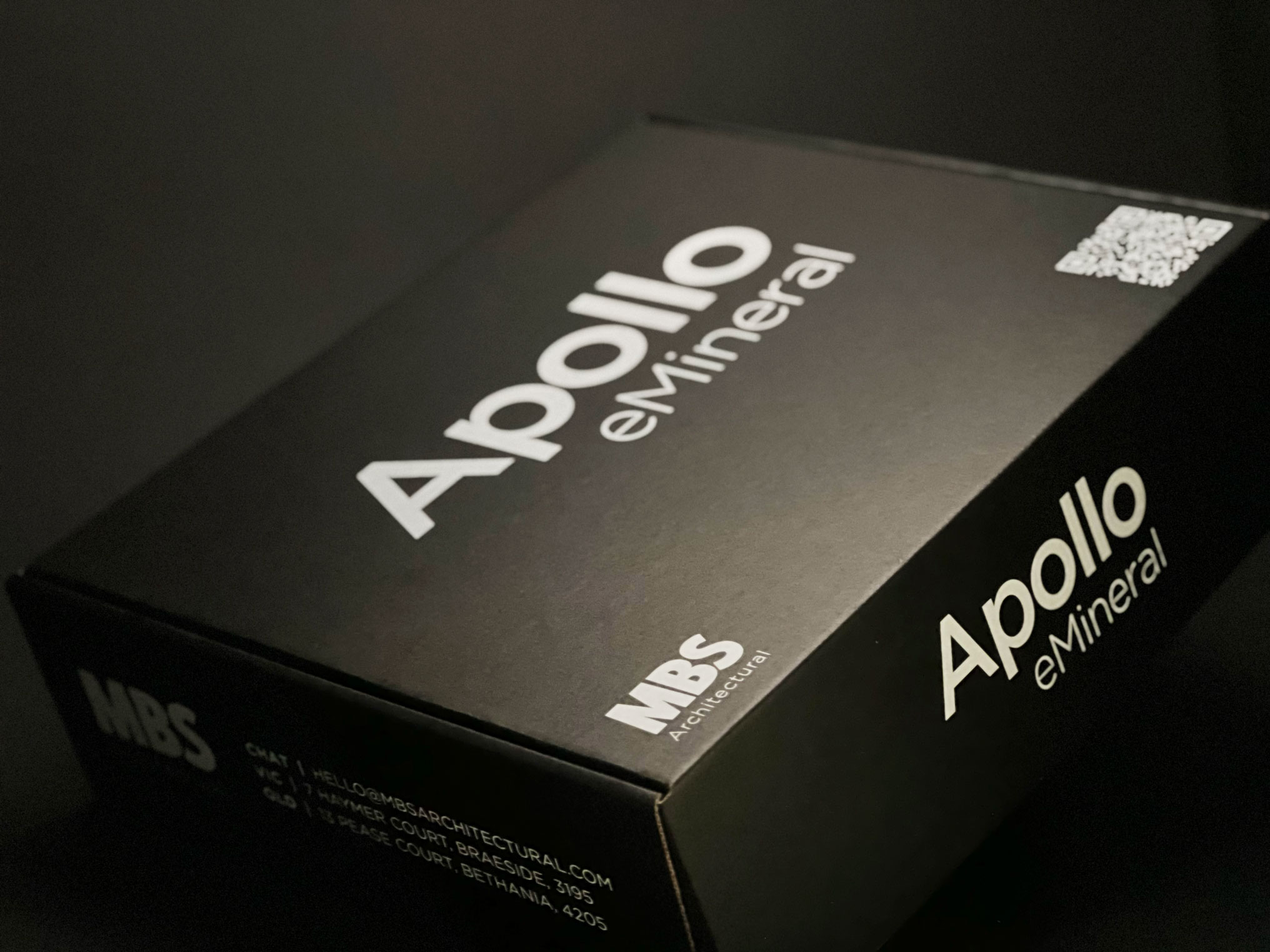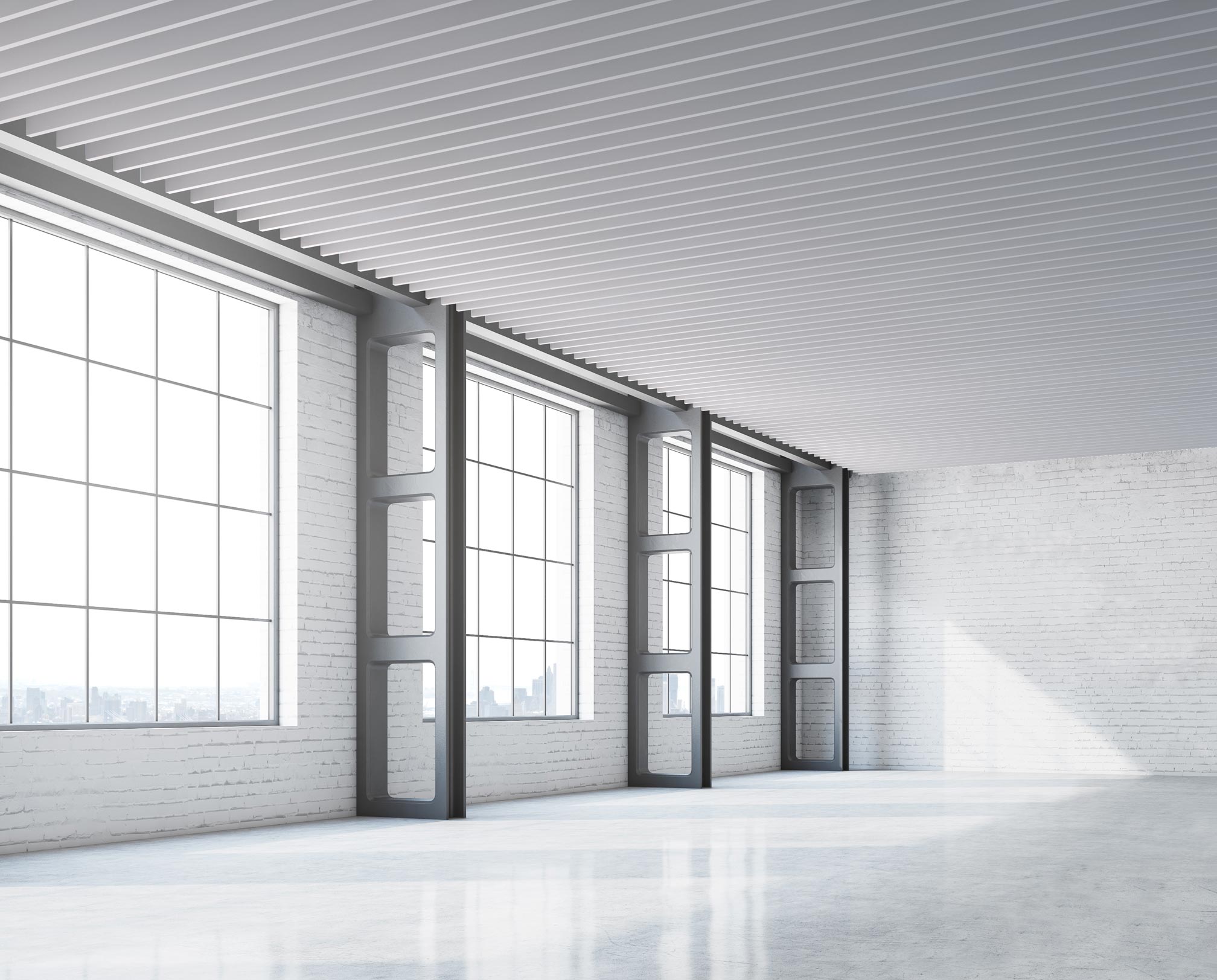
Metal Ceilings
We are seeing an increase in Australian ceiling designs incorporating Metal as their materiality. Metal offers several key benefits over more traditional suspended ceiling materials (e.g. mineral fibre ceiling tiles) and is suitable for various applications. Metal Ceiling systems are more robust, last longer, and are easier to maintain and clean. They're also available in multiple colours and perforations options, offering a mirage of flexibility from both a design intent and acoustic performance perspective.
Metal Ceilings Offer Unparalleled Design Flexibility
Metal Ceilings are a fantastic choice for architects or designers looking to add unique aesthetical appeal to their ceiling design. Metal Ceilings include many design possibilities, from various colours, shapes, perforations, and other options, while also having the ability to hit project-specific acoustic requirements.
Metal Ceiling Systems
The design possibilities of Metal Ceiling Systems are endless. At MBS Architectural, we have access to 35+ Metal Ceiling Systems, each achieving a different design intent. At a high level, Metal Ceiling Systems can be broken into the following categories:
Metal Panel Systems
Metal Panel Systems are the most common Metal Ceiling type. They include some form of suspended & folded metal ceiling panel. This Metal Ceiling Tile is designed to integrate into some form of proprietary concealed substructure; for example, 'double hook' or 'hook and lap'. The metal pan is folded to suit its corresponding proprietary suspension system. These various substructure/suspension systems allow building designers to play with many facets of the ceiling, including; how concealed the framing system is, the joint detail between each metal tile and various joint details.
Metal Ceiling Panels can be solid or perforated and finished in many ways (anodised, powder coated, timber effect, mirror/reflective finish etc.).
While this type of system is common for large-scale metal ceiling designs (e.g. entire ceilings), it is also a perfect choice for corridor-specific designs. When manufacturing a metal ceiling panel, there is quite a bit of freedom regarding a Metal Ceiling Tile's overall size. In a corridor, we can typically create a single panel that spans the corridor width, achieving a clean and neat corridor metal ceiling detail.
Metal Ceiling Tiles
Metal Tiles are used in metal ceiling designs in place of traditional Mineral Fibre Tiles or Mineral Fibre Boards. Metal Ceiling Tile designs will either retain some form of an exposed grid and be folded into a 'lay-on' Metal Pan Ceiling Tile to integrate into this ceiling grid. For designs calling for a concealed ceiling grid, then a 'clip-in' version of a Metal Ceiling Tile is recommended.
***NOTE: There are some limitations to Clip-In Metal Ceiling Tiles. These include seismic constraints and integration of services. Ask your MBS Architectural representative for further information.
Open-Cell Ceiling Systems
Open Cell metal ceiling systems are an incredibly popular design choice in Australia, especially for those high-impact feature areas. The significant benefit of this metal ceiling system is its' 'open' nature, allowing building designs to integrate services into the ceiling plane easily.

Linear Metal Systems
Linear Metal Systems include ceiling designs such as aluminium battens or large-format acoustic raft baffles. Aluminium battens are a popular design choice in commercial and residential applications as they offer a unique blend of design flexibility and acoustic integration. Typically they are installed with a suspended ceiling system that includes easy-to-install 'click-in' connections. There are often a large number of aluminium profiles that can be selected to then 'click in' to this suspended ceiling system. The suspended ceiling system will usually include some form of easy acoustic integration.
Expanded Metal
Expanded Metal (often referred to as Expanded Mesh) is a variant of a Metal Ceiling Panel that we're seeing an increase in popularity within the design community. There is a lot that can be achieved with mesh. While the most basic form of Expanded Metal is a Lay-In panel installed in a two-way exposed suspended ceiling grid, we are seeing many designs adopt ceiling solutions that incorporate Expanded Mesh with a concealed ceiling grid. In these applications, An Expanded Mesh sheet is welded into a 2mm Thick Aluminium Frame. This aluminium frame forms the foundation of the suspension system and how these Expanded Meiling Panels integrate with the proprietary suspension system.
There are a few critical design decisions here:
A) What type of proprietary suspension system will you utilise? This impacts how visible the suspension system is and how you will treat joints between each panel (butt joint, hairline join, shadow gap, segmented panels etc.)
B) How the Expanded Mesh details into the Aluminium Frame? There are a number of different ways the Mesh Sheet can return into the frame that dramatically alter the deisgn intent (Internal Fold, External Fold, Straight, Equal Angle etc.)
C) What Mesh Shape and Size will you use?
Durable & Robust - Engineered to last
Metal ceilings are solid and durable. There are resistant to fire and water damage, are easer for contractors to install, allow bespoke service integration and have a significantly longer product lifespan than other traditional ceiling materials. These benefits make metal ceilings an ideal choice for commercial buildings.
The many advantages of Metal Ceiling Systems
☉ Metal ceilings are more robust than their counterparts.
☉ Metal ceilings offer endless design possibilities, from various options in terms of finishing, shapes, perforations and sizes.
☉ Metal ceilings offer an excellent range of acoustic performance through material and perforation selection and the ease with which acoustic insulation can be integrated into the fabric of the metal ceiling design.
☉ Metal ceilings are easy to clean and maintain.
☉ Metal ceilings have a much longer product lifespan than other ceiling materials.
☉ Metal ceilings can easily be recycled at the end of their product life-cycle.
☉ Metal ceilings can achieve curved ceiling designs that other traditional materials cannot.
Metal Ceiling Performance Characteristics
Comparison Chart with Other Suspended Ceiling Materials

Metal Ceilings Fire Performance
Our extensive range of metal ceiling systems is all fire tested and achieves Group 1 Fire Compliance, and is deemed non-combustible under AS 1530.1.
Is my Metal Ceiling project a seismic project?
Unless you are designing a ceiling for a single-storey residential project, then it is highly likely that your decorative metal ceiling will require seismic engineering.
Book a call with our architectural team today to get down into the detail. We are happy to chat through ideas, materiality and budget to find out how we can help you create the interiors you need. Simply drop us a note on hello@mbsarchitectural.com.au or call us on 03 9580 7800 to chat with our specification team.
Every material.one source.
Let's bring your project to life.










































